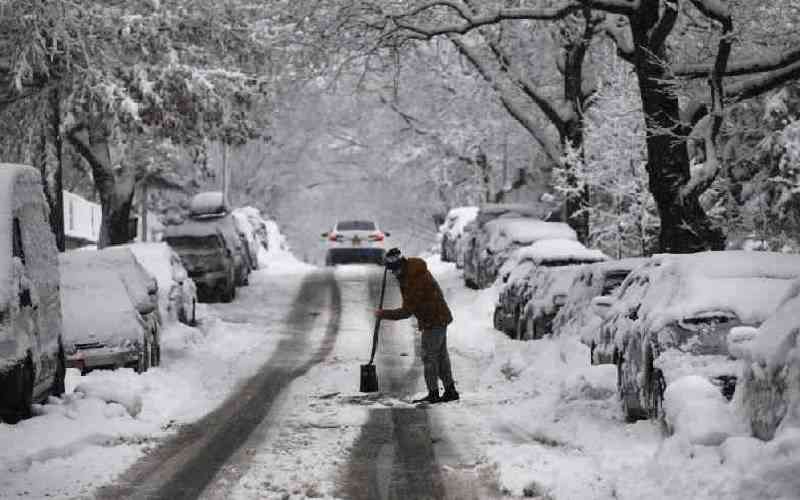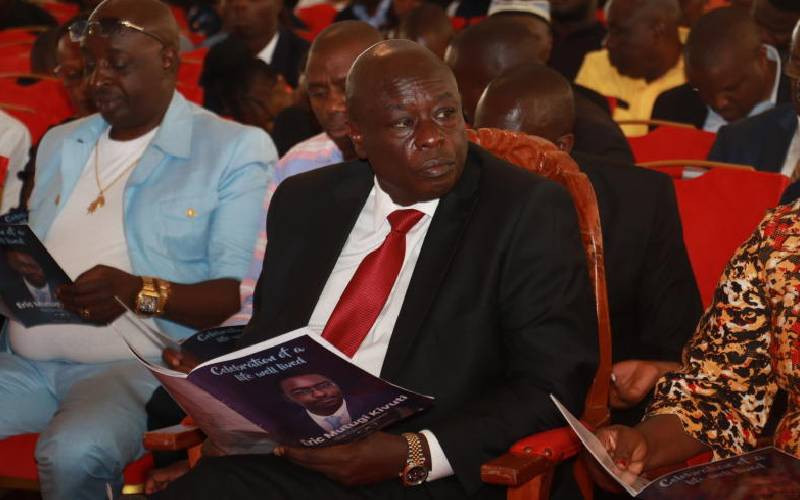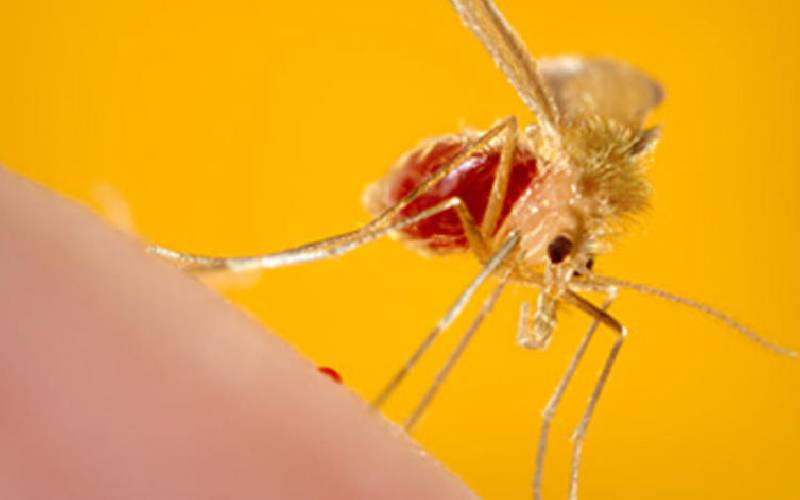By AUSTINE OKANDE
Located prominently on the infamous Koinange Street (or K-Street as it is known to many) is a fascinating piece of architectural design of what used to be the New Florida Nightclub dubbed ‘Mad House’, a club whose recent closure sparked fond memories that characterised the Kenyan entertainment industry.
Opened in 1979 by Tam Winkie, a South African national, and his business partner Mr Ramcke, the New Florida Nightclub was in the olden days such a popular joint in the city that it was almost considered a rite of passage among most youths who grew up in the early 1980s and 1990s.
The popularity of the spaceship-shaped facility, with a red facade punctuated by tiny reflective windows, is also attached to the high profile international artistes it attracted. They included the likes of reggae artistes King Yellowman, Glenn Washington, Joseph Hills and Culture.
South African jazz maestro Hugh Masekela, Congolese musicians Wenga Musica, Apache Indian, Kelly Brown and Shaggy also performed at the club.
Locally, renowned Mombasa-born Salim Abdulla Salim or Sal Davies, as he later came to be known, also held a series of live shows at the club. The New Florida Nightclub is considered part of the development of the Kenya’s funky hits, with those who grew up in the vibrant urban social scene of the 1970s remembering it as the most ideal place for funky hits then.
The 1970s will fondly be remembered as an era where Kenyan musicians played their variation of American soul and funk and did it with as much style as the creators of the genre.
Inspiration
The history behind this club that defined Nairobi’s nightlife for over three decades starts in 1958 when a South African national visiting Kenya, Tam Winkie, landed in Mombasa.
Archive reports say that Winkie fell in love with the coastal city when he realised that its palm-fringed beaches resembled Florida in the USA. It was this that inspired him to design the Florida Club’s logos with a palm tree flanking a black vinyl disc.
However, it was John Badham’s 1977 rave-inspired flick, Saturday Night Fever, starring John Travolta as Tony Manero that altered Kenyan nightlife.
Revellers then started demanding disco music for the party sub-culture, the haute-couture dress code and sexual promiscuity depicted in Saturday Night Fever, whose sound track popularised songs like You Should Be Dancing and Love and Night Fever by the Bee Gees, that inspired the formation of Florida Night Club.
The two proprietors wanted to tap into the new demand by offering something different and provocative. Reports claim that Florida Nightclub Club became popular with erotic dancers who came from all over the world — Britain, Lebanon, the Philippines, Russia and Japan, just but to name a few.
‘Mad House’ is also remembered for its controversial in-house contests now popular in most youthful events in the country: the ‘Big Mama’, ‘Wet T-shirt’, ‘Big Bum’, ‘Hot Pants’ and ‘Beer Drinking’ competitions.
It was also the first club to play the popular Ndombolo music extensively and was also the first to push reggae music onto the mainstream disco scene in the city.
Stay informed. Subscribe to our newsletter
Boogies
Another chapter in the story that made Florida Night Club popular was the daytime weekend dances known as boogies where most of the top bands used to play.
One archive report says: “It was not just the music that kicked off a controversy, the outrageous fashion sense of the era also made officialdom very uncomfortable.”
The fashion sense of this funk era was from the Afro hair to the bell-bottom trousers and platform shoes.
Funk thrived on the boogie where young men and women came to dance to live music at the clubs in the city, including New Florida Nightclub.
Unfortunately, the boogies soon became a victim of estate gangs, mainly from Eastlands, with names like Black Panthers from Ziwani, Section Power from Eastleigh, The Pumwani Tornadoes and the Forty Two Bothers from Ngara.
The general view of the public was that the boogies were corrupting the morals of the youth and one day in December 1972, then Nairobi PC JG Mburu, banned the boogies, effectively marking the end of an eventful era of live music and dance.
However, conflicting accounts posit that the ban was effected after the daughter of some high government official was caught out partying by her parents.
The club’s management recently announced its closure and relocation.
The club’s lease allegedly expired and the management fought court battles with the landlord three years ago as they sought to stop an eviction notice.
 The Standard Group Plc is a
multi-media organization with investments in media platforms spanning newspaper
print operations, television, radio broadcasting, digital and online services. The
Standard Group is recognized as a leading multi-media house in Kenya with a key
influence in matters of national and international interest.
The Standard Group Plc is a
multi-media organization with investments in media platforms spanning newspaper
print operations, television, radio broadcasting, digital and online services. The
Standard Group is recognized as a leading multi-media house in Kenya with a key
influence in matters of national and international interest.
 The Standard Group Plc is a
multi-media organization with investments in media platforms spanning newspaper
print operations, television, radio broadcasting, digital and online services. The
Standard Group is recognized as a leading multi-media house in Kenya with a key
influence in matters of national and international interest.
The Standard Group Plc is a
multi-media organization with investments in media platforms spanning newspaper
print operations, television, radio broadcasting, digital and online services. The
Standard Group is recognized as a leading multi-media house in Kenya with a key
influence in matters of national and international interest.









